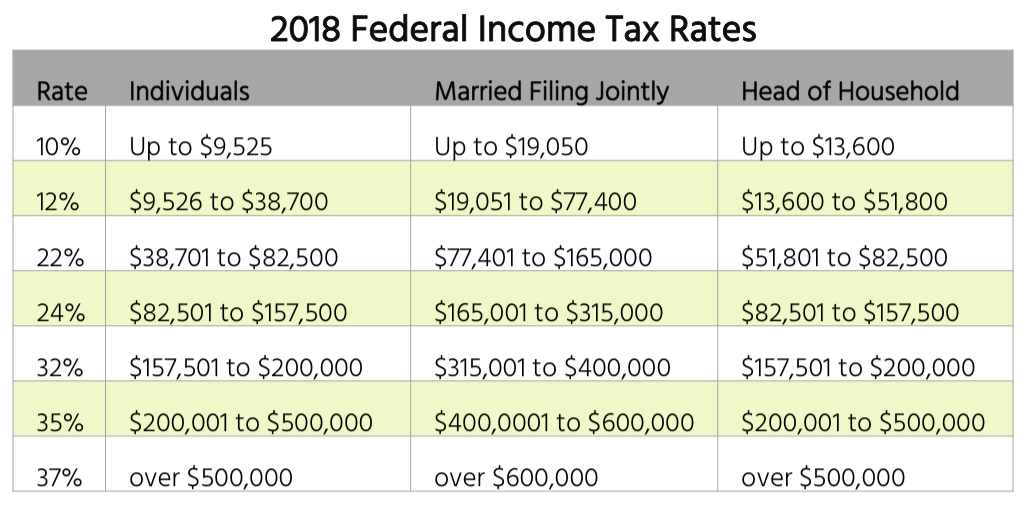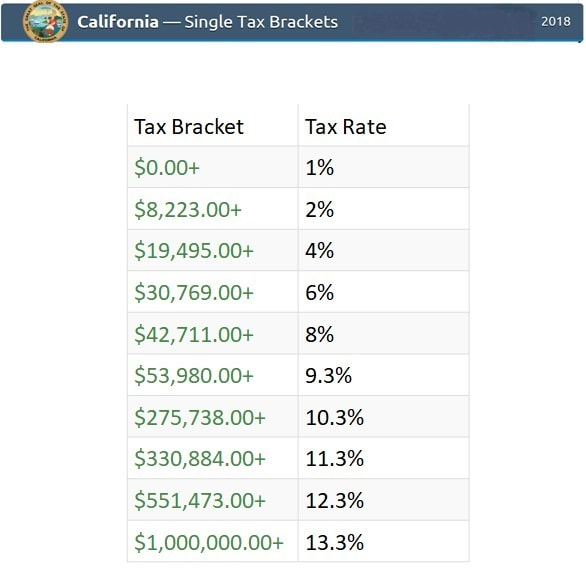

The AMT exemption amount for 2020 is $72,900 for singles and $113,400 for married couples filing jointly (Table 3). The AMT is levied at two rates: 26 percent and 28 percent. However, this exemption phases out for high-income taxpayers. To prevent low- and middle-income taxpayers from being subjected to the AMT, taxpayers are allowed to exempt a significant amount of their income from AMTI. The AMT uses an alternative definition of taxable income called Alternative Minimum Taxable Income (AMTI). The taxpayer then needs to pay the higher of the two. This parallel tax income system requires high-income taxpayers to calculate their tax bill twice: once under the ordinary income tax system and again under the AMT. The Alternative Minimum Tax (AMT) was created in the 1960s to prevent high-income taxpayers from avoiding the individual income tax. The personal exemption for 2020 remains eliminated. The standard deduction for single filers will increase by $200, and by $400 for married couples filing jointly (Table 2). Standard Deduction and Personal Exemption The top marginal income tax rate of 37 percent will hit taxpayers with taxable income of $518,400 and higher for single filers and $622,050 and higher for married couples filing jointly.Ģ020 Federal Income Tax Brackets and Rates for Single Filers, Married Couples Filing Jointly, and Heads of Households Rateįor Married Individuals Filing Joint Returns In 2020, the income limits for all tax brackets and all filers will be adjusted for inflation and will be as follows (Table 1). 2020 Federal Income Tax Brackets and Rates However, with the Tax Cuts and Jobs Act of 2017, the IRS will now use the Chained Consumer Price Index (C-CPI) to adjust income thresholds, deduction amounts, and credit values accordingly. The IRS used to use the Consumer Price Index (CPI) to calculate the past year’s inflation.

This is done to prevent what is called “ bracket creep,” when people are pushed into higher income tax brackets or have reduced value from credits and deductions due to inflation, instead of any increase in real income. On a yearly basis the IRS adjusts more than 40 tax provisions for inflation.


 0 kommentar(er)
0 kommentar(er)
